Success in marketing is all about making the right connections. That’s where the multi-channel marketing strategy comes in—a gateway to engage potential customers on platforms like Facebook, Google, and Pinterest. In this guide, we’ll walk you through crafting a strategy that not only engages but also delivers real and measurable results. Are you prepared to take your marketing to the next level? Let’s dive right in and unlock your full potential.
A multi-channel marketing strategy is not just a choice it’s a necessity in the world of eCommerce. Each platform, such as Facebook, Google, and Pinterest, offers distinct advantages. Facebook excels in fostering social engagement, Google captures precise search intent, and Pinterest ignites visual inspiration. When you venture into these platforms, you’re tapping into diverse user behaviors and preferences.
This diversity is your key to reaching a broader audience and optimizing your chances of connecting with potential customers. Imagine your e-commerce store as a physical shop located on multiple bustling streets, each with its own set of potential customers. Being present on Facebook, Google, and Pinterest is akin to having storefronts on these busy streets. It maximizes your brand’s visibility and creates more entry points for potential customers to discover and explore your offerings.
Discover Trends before they’re Trending.
Get our best trends delivered to your inbox.
So, it’s not just a matter of choosing; it’s about taking advantage of chances. When you use the strengths of each platform and spread your presence wisely, you’re making a marketing plan that reaches more people and helps you sell more.
How to use Multi-Channel Marketing at Different Funnel Stages
Now, it’s time to dive deep into the strategies for using multiple-channel marketing at different funnel stages. Whether you’re focused on building brand awareness, engaging potential customers, or driving conversions, the right platform plays an important role. Let’s dive right in and explore the power of multi-channel marketing for maximum conversion rates.
Top of Funnel Strategies
At the top of the marketing funnel, your goal is to create brand awareness. Facebook shines in this stage as a tool for building your brand’s presence. It’s where you can engage potential customers socially. On the other hand, Pinterest is your source of inspiration, where you can showcase your products in appealing ways. And, Google plays a crucial role here by helping potential customers discover your offerings through search. Together, these platforms cover the spectrum of top-of-funnel strategies.
Middle of Funnel Tactics
Moving down the funnel to the middle stage, the focus shifts to engaging with potential customers who have shown interest. Facebook becomes a valuable tool for retargeting, where you can reinforce your message with customer testimonials. Pinterest’s Idea Pins are perfect for keeping potential buyers engaged with your products. Google, through display retargeting, helps you stay on the radar of those who have previously interacted with your brand.
Bottom of Funnel Approaches
As potential customers progress to the bottom of the funnel, they are closer to making a purchase decision. This is where Facebook’s dynamic product ads come into play, showcasing specific products to those who have expressed interest. Pinterest’s shopping pins make it easy for customers to purchase directly. Google’s search ads with strong intent keywords capture those actively looking to buy. By employing these strategies, you can guide potential customers toward conversion with precision.

Multi-Channel Marketing Budget Allocation
When creating your multi-channel marketing strategy and allocating your budget across platforms like Facebook, Google, and Pinterest, consider this straightforward approach:
1. Understand Your Audience: Figure out where your potential customers like to hang out online. If they prefer one platform over the others, it makes sense to put more money there. Knowing your audience helps decide where your budget should go.
2. ROAS – Measuring Success: ROAS is like keeping score. It tells you how much money you make for every dollar you spend on ads. If you spend $100 on ads and make $300 in sales, your ROAS is 3, which is good. Aim for a ROAS higher than 1 to make sure you’re making more money than you’re spending.
3. Test and Adjust: Start with small budgets on each platform. See which one works best, and then put more money there.
4. Keep an Eye on Results: Regularly check how your ads are doing. If one platform isn’t doing well, consider moving some budget to the ones that are.
Discover Trends before they’re Trending.
Get our best trends delivered to your inbox.
Remember, there’s no magic formula for how much to spend on each platform. It depends on your audience and how well each platform is doing for you. By understanding your audience, keeping an eye on your ROAS, testing, and making adjustments, you can make sure your marketing budget is working effectively for your eCommerce business.
Analytics and Measurement
When it comes to checking how well your multi-channel marketing is doing, you can follow these simple steps:
1. Track Your Progress: Keep an eye on how things are going. It’s like looking at a map to see if you’re headed in the right direction.
2. Key Numbers to Watch: There are some important numbers you should pay attention to. We call these Key Performance Indicators (KPIs). They show you if you’re doing a good job. For example, if you’re trying to get more website visitors, you might look at the number of people who visit your site from your ads.
3. Useful Tools: To make things easier, there are tools you can use. Tools like Google Analytics, Facebook Insights, and Pinterest Analytics help you see what’s happening with your marketing. It’s like having special glasses that help you see things more clearly.
In addition, Lebesgue also helps you measure your advertising success. Lebesgue provides valuable insights by tracking costs for Facebook, Google, and Pinterest Ads. It also offers automated advertising audits, market benchmarks, and an LTV analysis feature. This feature measures the long-term impact of each channel on customer results.
By keeping an eye on your progress, focusing on KPIs, and using these tools, you can make sure your multi-channel marketing is on the right track and getting the results you want.
Achieving Harmony in Multi-Channel Marketing
When customers encounter consistent branding and messaging across various platforms, it fosters trust. Consistency reassures customers that they are engaging with a reliable and dependable brand, increasing their confidence in making a purchase.
Also, coordinating your marketing campaigns across different channels amplifies their impact. When your audience sees a consistent message and offers across platforms, it reinforces the message’s importance and encourages action, leading to higher campaign effectiveness.
Discover Trends before they’re Trending.
Get our best trends delivered to your inbox.
The last one is data. Integrating data from various channels provides a more comprehensive view of customer behavior. This data synergy allows for better decision-making, such as optimizing marketing touchpoints, personalizing messaging, and making real-time adjustments to maximize marketing results.
In summary, achieving seamless integration and coordination in multi-channel marketing leads to trust-building, campaign effectiveness, and data-driven decision-making. This approach helps your brand connect more effectively with your audience, ultimately leading to improved marketing outcomes.
Summing up
By making all your multi-channel marketing channels work together seamlessly, you create a unified brand experience, bolster trust, enhance campaign effectiveness, and make data-driven choices that lead to better marketing outcomes.
Integrating Facebook, Google, and Pinterest into your marketing strategy, you cover all stages of the customer journey and optimize your campaigns for the highest ROI.
Read more about Facebook or Google ads.
⭐⭐⭐⭐⭐
100+ five-star reviews on Shopify App Store
Be the first to receive the latest advertising benchmarks, insights, and tips right in your inbox.
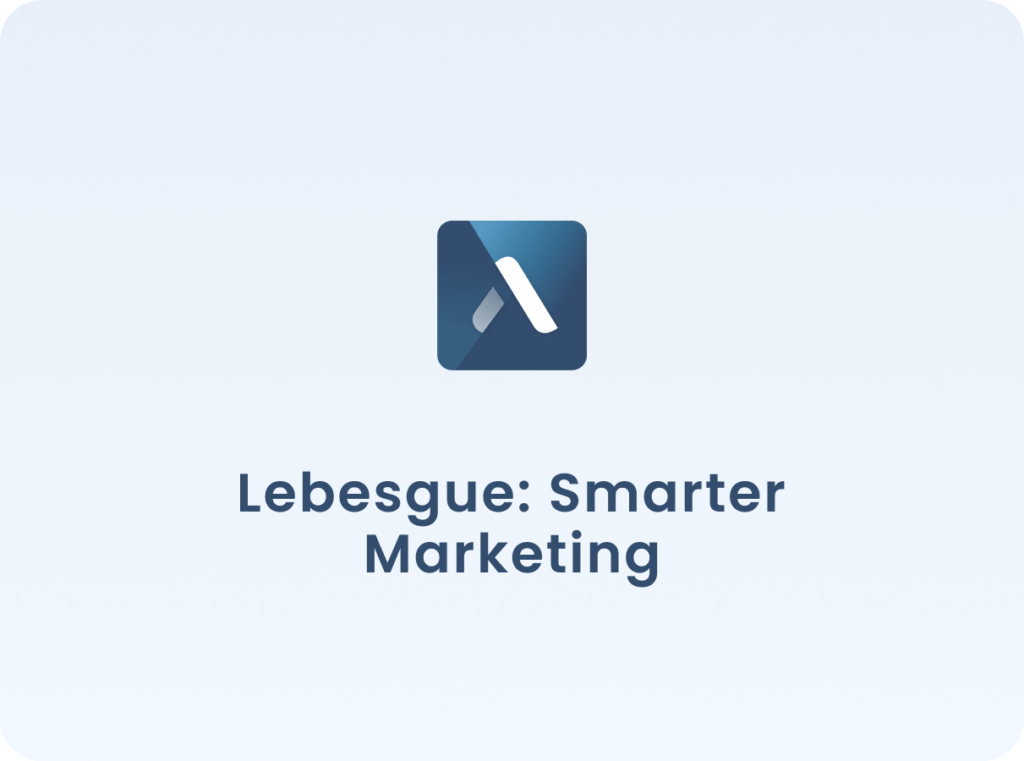
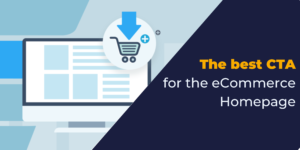
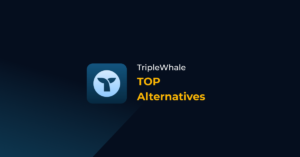
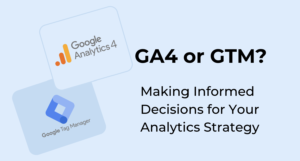
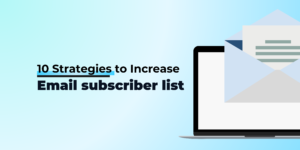
No comment yet, add your voice below!